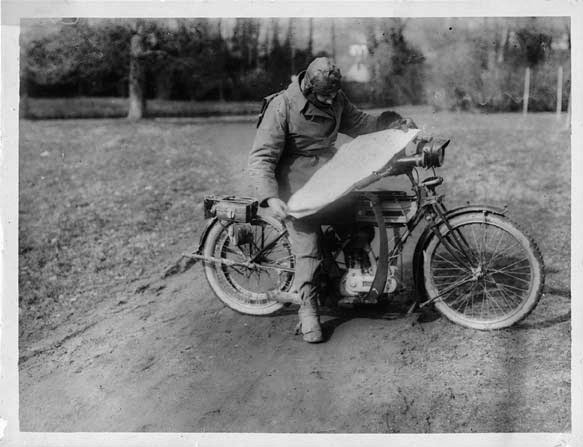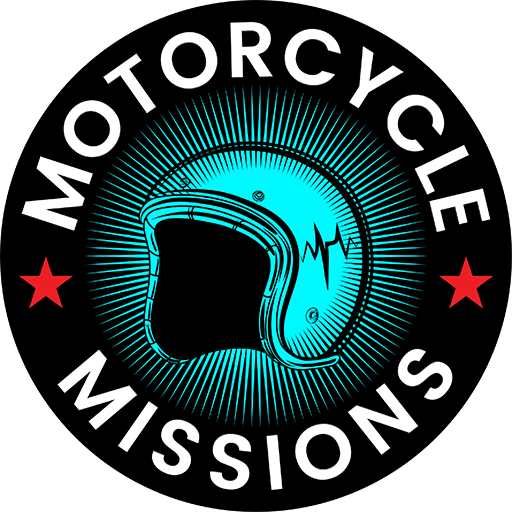
WWII Dispatch Riders and Their Legacy
Share
Long before smartphones, encrypted radios, or satellite communications, warfare depended on one of the simplest (yet most daring) forms of communication: the dispatch rider. In World Wars I and II, men on horseback were replaced by men and women astride rugged motorcycles, who became the unsung heroes of military logistics. They carried critical messages, orders, and intelligence through dangerous battlefields where every second counted and many lives were on the line.
The Role on the Front
Armed with little more than a motorcycle, a sidearm, and sheer grit, dispatch riders bridged the gap between command posts, field units, and remote outposts. Roads were often cratered from shellfire, clogged with debris, or crawling with enemy patrols, but intrepid riders pushed themselves through, regardless. A single message in their saddlebag could mean the difference between a successful maneuver and a devastating loss.
Many served on classic machines like the Harley-Davidson WLA, Triumph 3HW, BSA M20, and Norton 16H—built to withstand mud, cold, and rough terrain. Riders became masters of off-road navigation, often without headlights at night to avoid enemy detection. Nonetheless, the job was fraught with danger: hundreds of dispatch riders were killed by enemies or accidents each year. In some units, dispatch riders rode from 4,000 to 7,000 miles a week!
Danger at Every Turn
Being a dispatch rider was a high-risk job. Riders were prime targets for snipers and aircraft, knowing that eliminating them could cripple communication lines. They endured hostile weather, mechanical breakdowns, and treacherous landscapes—often while traveling alone, deep in enemy territory. Dispatch riders moved between headquarters and the front lines, carrying battle orders, intelligence reports, or maps. They rescued survivors from downed aircraft, transported personnel to hard-to-access destinations, and escorted supply convoys over treacherous unmarked routes.
The role demanded equal parts skill and courage. Mechanical know-how was essential, as a breakdown in the middle of a mission often meant the rider had to perform a roadside repair under fire. Perhaps because of the urgency and risk of the job, dispatch riders were given more leniency than other military personnel and enjoyed freedom from the more menial tasks given to most enlisted soldiers.
A Family of Road Warriors

Despite the dangers, a unique camaraderie developed among dispatch riders. Despite the reputation of motorcycling being a “boys' club,” by 1940, all of the British Navy’s dispatch riders were women. Men and women alike built bonds that lasted long after the war ended, having shared the experiences of danger, long hours in the saddle, and the quiet satisfaction of surviving a mission completed. Many veterans carried those bonds—and their love of motorcycles—into peacetime, fueling postwar riding clubs and early motorcycle culture.
Legacy in Modern Motorcycling

Today, the spirit of WWII dispatch riders lives on. Their grit and resilience continue to inspire generations of riders who see motorcycles as more than just machines. Motorcycles are tools of freedom, independence, and connection, and those who ride them have often leveraged bravery and skill to serve their countries and countrymen.
For motorcycle veterans' organizations like Motorcycle Missions, the dispatch rider’s legacy is a powerful reminder: motorcycles have always been more than transportation—they’ve been lifelines, symbols of courage, and vehicles for forging unbreakable social bonds.
From the muddy roads of Normandy to the winding backroads we ride today, every twist of the throttle echoes their determination. They remind us that in the darkest hours, the roar of a motorcycle has carried hope forward—one rider, one mission, and one message at a time.
